Launching Your Online Presence
In today’s business environment an online presence is mandatory to the validity and success of any commercial endeavor. There are many questions to be answered and decisions to be made in the initial process of launching a website. The outline below can serve as a guide to the many decisions needed throughout the website creation process. First of all, answer the following questions.
- Is your site purely informational or a selling tool?
- Informational Site
- Blog
- Ecommerce
- Is your site personal, business or non-profit?
- Is your web address (domain name, URL) available?
- Personal or Business: .com, .net, .co, etc.
- Non-profit: .org
- Who will host your site?
- Paid Hosting
- “Free” Hosting (see my last post)
- Will your site be interactive?
- Comment-enabled
- Forum or Chat format
- Downloads available
- Online sales
- How much do you know or want to learn?
- Web Site Builder
- Web Design Software
- Coding
- HTML
- CSS
- FTP
- PhP
- Can you create a layout (flowchart of design and pages) of the ideas in your head on paper?
- Will you build it yourself or hire a web designer?
- Do-It-Yourself (DIY)
- Hire a Freelancer
- Hire a Web Design Company
- What costs will be incurred?
- Time investment (DIY)
- Financial investment (Hiring Designer)
- How will I promote my site?
- Who will maintain my site?
Stressed yet? Calm down. Here’s a bit of information to help you answer those questions.
Assembling the Pieces: Destressed

Choose a Domain Name (URL)
You will need to choose a web address (www. . . . .com), descriptive, yet simple enough to remember and easily spell correctly. Due to the fact that some URLs are already owned, although not attached to a site, an actual search is necessary. Godaddy.com, among others, offers a search bar at the top of their homepage to check your domain of choice for availability. Enter your desired URL where it says “Find your perfect domain name” and then click “Search Domain.” Available options and prices will be listed on the search results.
The price of a domain name is typically from $8 to $35 a year, often included in the price of a hosting package. If the domain you desire is more than $100, I recommend you choose another. Beware of “free” registration; spending a few dollars ensures that you legally own your domain name.
Hosting
Web hosting is rental housing for your website. As with all contracts, be sure to read all fine print before agreeing to a host. There are many significant issues with “free” hosting services including advertising requirements. In my experience, free hosting is rarely a success with business websites. I strongly advise against it. For more information, read my initial blog post, “Free Website? Not Quite!”
Web Design Software
Many hosting companies offer a DIY Website Builder Tool (WBT). Some are fairly simple to use but can limit customization options. One “pro” in using a WBT is that the software will handle most of the coding for you.
Another option is to purchase a design program (i.e., Adobe DreamWeaver or Muse). These software options offer coding assistance as well as hand-coding, which offers more flexibility. Due to the financial expense and the need to learn complicated software, this is not the best choice for amateur designers.
WordPress (WP) is a Content Management System (CMS) that is fairly user-friendly, operating on the basis a of a WordPress Theme (template), Cascading Style Sheets (CSS) and PhP coding. WP has become the industry standard for Blogs and Vlogs (video blog). Most hosting companies offer free WP installation to create your website.
HTML
Hypertext Markup Language is the coding behind what you see on the web. A basic understanding of HTML will prove invaluable in expanding customization options for your site. This is an image of an actual website from the backend.
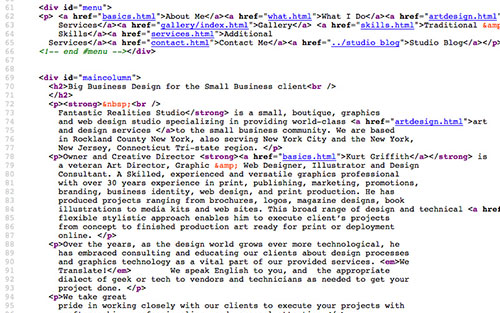
CSS
A basic understanding of Cascading Style Sheets (CSS), coding that regulates text attributes, image placement, etc., will make the task of customization much easier. Warning: When working in WordPress never make changes directly to your theme files. Create a child theme, a substitute “CSS” file, to make alterations that will override, yet not replace, the original CSS file. I will give step-by-step instructions on child theme creation in a future post. Instructions can also be found online. “Google it!”
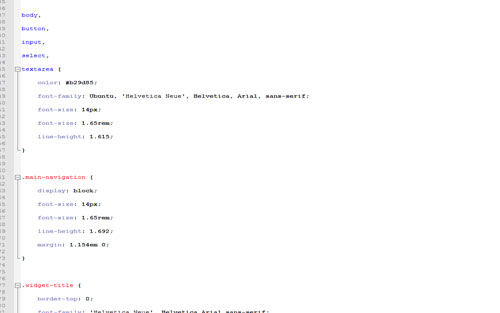
PHP
PhP is another coding language that can be altered to increase a WordPress site’s functionality. I do not recommend altering the PhP or functions.php file unless you have a good grasp of coding. If you choose to alter your WP functions, add a copy of the file to your child theme folder and make all changes to the copy, not the original.
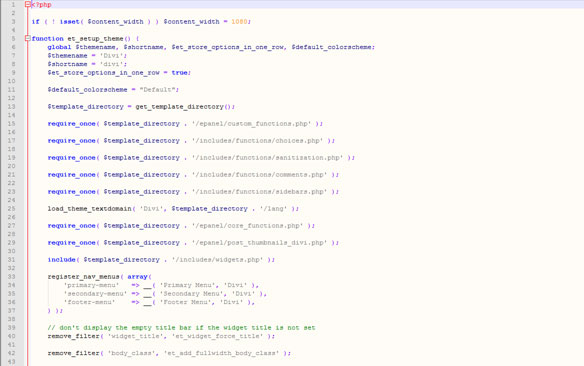
File Transfer Protocol (FTP)
Your website’s files are uploaded to your web host via a File Transfer Protocol (FTP) program. Almost all hosts offer links to available applications or may offer their own FTP. You should never have to pay for an FTP program.
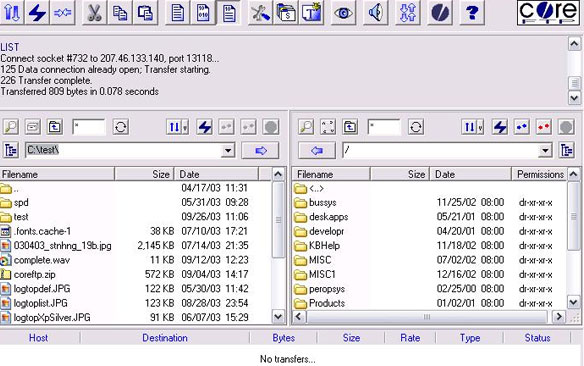
DIY vs. Pay a Pro
DIY: Web design is similar to print design, yet completely different. Fonts and color schemes for web design are much more limited. Most DIY website builders will code a page’s HTML for you but, as I’ve stated, a basic coding knowledge will create an opportunity for expanded customization and added functionality.
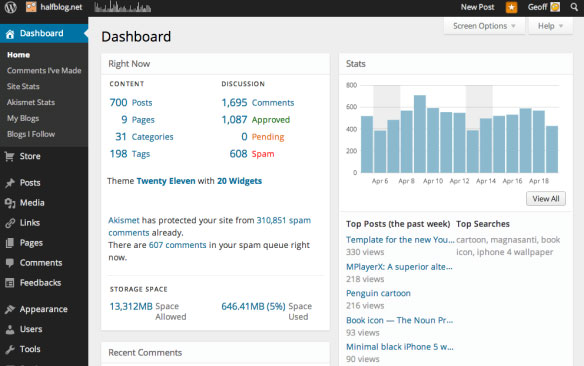
When deciding whether to do-it-yourself (DIY), or hire a designer, be sure to consider:
- Time investment
- Learning curve
- Content must be written in an SEO-friendly manner
- Images, video, etc. must be obtained
- Physical site must be created in HTML, using CSS
- DIY website builder
- Web design software
- Content Management System
Hiring a Web Designer: a project in itself. For a simple website, DIY may be the way to go. For anything more complicated than a few pages or a WordPress Blog, hiring a professional is probably a better choice. By professional I mean someone with references and a web portfolio of their own designs. Therefore, take the time to check references.
Personally, I am more comfortable with a sole freelancer or small business with great references than a large design company. Prices are normally lower and personal attention should be higher.
Promote Your Website
In order for your site to be found by those searching for the information, services, or products that your site provides, you must focus your content to appeal to search engines. Research current search engine best practices. They change regularly.
Search engine optimization (SEO) has become a huge industry. SEO is the process of getting web traffic to your site from free, organic search results from search engines such as Google and Bing. FYI: No one can promise you the top of Google without buying an ad.
Some options available to promote your site include:
- word of mouth
- email marketing
- social media
- including your web address on all of your printed material
- register your site with the top search engines, it’s free!
Site Maintenance
In order to keep your site “alive” to search ehttps://callcg.net/wp-admin/plugins.phpngines and visitors, above all else, update it regularly.
- Producing new content relevant to the audience you aim to attract. Strive for unique, timely and informative. Update in a timely fashion to inform of business news including new products or services.
- Never plagerize content from anywhere; certainly not from other online sources
- Use Facebook for your business. An FB feed on your website can help with timely updates.
- Announce events with plenty of lead time.
- Cyberspace sometimes experiences gliches and hacks. For that reason, be sure to test your site regularly.
Conclusion
Designing a proper website is a detailed project, consequently time-consuming. If you are still undecided about whether to take on the task or farm it out, follow these steps to a decision:
- Sit Down
- List Pros and Cons of DIY vs. Professional Hire
- Check your calendar to see if you have the time to DIY
- Research designers, prices and references
- Check your budget to see if you have the finances to hire a designer
Finally, decide how to proceed and make your presence known on the WorldWideWeb!
My goal is to educate, inform and protect small business owners from scams and misinformation. I hope you’ll check out my portfolio site, ChelsiGraphics.com.
Blessings!
